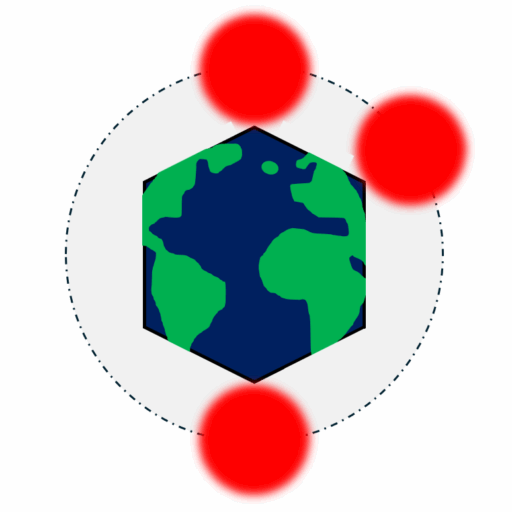The future of structural biology requires new theoretical frameworks. It should someday be possible to create detailed models of entire cells and organisms with data-driven AI/ML. Therefore, we are making membranes tractable to informatics.
Sheaf theoretical foundation
To be updated.
Database
To be updated.
Simulations
To be updated.
